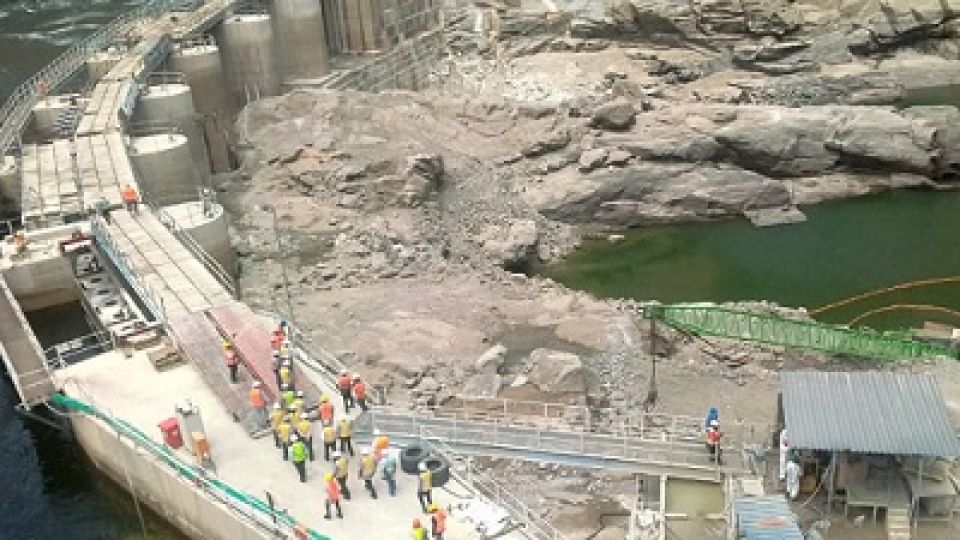from OBERT SIAMILANDU in Kariba, Zimbabwe
Zimbabwe Bureau
KARIBA, (CAJ News) – STAKEHOLDERS in the tourism sector have welcomed the US$294 million Kariba Dam Rehabilitation Project (KDRP) as a boost to the industry.
The project comprises the reshaping of the plunge pool and the refurbishing of the spillway gates.
The African Development Bank, European Union, World Bank, the government of Sweden and the Zambezi River Authority (ZRA) are funding the project to be completed in 2025.
Cephas Shonhiwa, Kariba Tourism and Business Indaba (KTBI) coordinator, commended the work done thus far.
Works commenced in 2017 with the plunge pool reshaping.
“You will remember that around 2011, when the flood gates were opened, hundreds of tourists flocked to Kariba just to see the flood gates and everything around the dam,” Shonhiwa said.
“This shows you how powerful Kariba Dam is,” he added.
“With the current KDRP taking place, I can assure you most of our local and international tourists want to see what is taking place and obviously they have read and heard of the good works taking place, and who would want to miss such a good development in resort town like Kariba,” Shonhiwa said.
Joseph Munsaka, the independent film producer and director of Santa Joy Services, described the KDRP as a tourism treasure.
“There is a lot about the Kariba Dam rehabilitation project that can be documented and used to market Kariba as a tourist destination,” Munsaka said.
Kariba has served the people of Zambia and Zimbabwe for over years.
Routine monitoring of the dam has identified the need for rehabilitation works to ensure its longevity, long term efficient operation into the future and its continued contribution to energy security and economic prosperity in the region.
“The Zambian and Zimbabwean authorities have done well in maintaining the shared Zambezi watercourse through ZRA and their initiatives can be used in other parts of the continent,” Sylvester Matemu, Nile Basin Initiative Executive Director.
He was speaking during a recent experiential tour of Lake Kariba recently.
“Keeping a well-managed watercourse management system can also ensure that the people benefiting from such water bodies and water courses benefit through various economic development projects like fishing and tourism,” Matemu said.
– CAJ News

